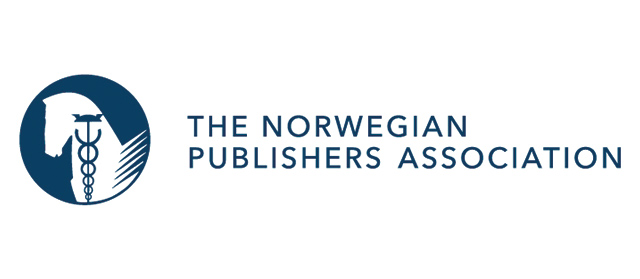Talk by Carlota del Amo
[This article is the last of a series devoted to the analysis of scenarios, tools and processes necessary to manage a book value chain that works with environmental sustainability criteria]
The text shares some of the key ideas brought to the table by Carlota del Amo during her speech at the meeting on the sustainability of the book industry, organised by the FGSR. Carlota is also responsible for the course on sustainability in the publishing world offered by PARIX (the FGSR’s school for Spanish books).
Key challenges and considerations
- Design and production
- Book design: Sustainable book design is crucial. The choice of book typologies, paper types, and inks can significantly impact the environmental footprint. Del Amo stressed the need for careful selection of materials to minimize both carbon and ecological footprints.
- Paper and ink: Certified paper from sustainable forests is preferred, but not all certified papers are equal in terms of their carbon and ecological impacts. It is essential to evaluate paper mills based on their practices, such as energy use and water management. Similarly, ink choices should consider their environmental effects beyond just carbon emissions.
- Supply chain and distribution
- Transportation: The carbon footprint associated with transporting books is significant, with road transport being predominant. Del Amo highlighted the need for exploring alternative transportation methods, such as rail, and optimizing distribution routes to reduce emissions.
- Warehouse operations: The management of warehouses, including energy use and waste recycling, plays a role in the overall sustainability of the supply chain. Efficient warehouse operations are crucial for reducing the environmental impact of book distribution.
- Regulatory compliance
- European legislation: Del Amo discussed the importance of adhering to European regulations, such as the EU Deforestation Regulation (EUDR), which aims to prevent the import of products linked to deforestation. She emphasized the need for the industry to stay informed and compliant with such regulations to avoid legal and environmental issues.
- Digital vs. physical books
- Digital pollution: While digital formats are often perceived as more environmentally friendly, Del Amo pointed out that they also contribute to carbon emissions, particularly through data centres and device manufacturing. The environmental impact of digital technologies should not be overlooked, and efforts to measure and mitigate these impacts are necessary.
- Data and innovation
- Data utilization: The use of data to improve production and distribution processes can lead to more sustainable practices. By leveraging data, publishers can make better decisions regarding print runs, inventory management, and distribution, thereby reducing waste and emissions.

Trends and innovations
- Green practices across the chain
- Collaborative efforts: Del Amo stressed the importance of collaboration across the entire publishing chain, from editors and paper suppliers to printers and booksellers. A unified approach to sustainability can drive improvements and ensure that all parties contribute to reducing the environmental impact.
- Educational initiatives: Training and education on sustainability practices for all stakeholders in the publishing industry are essential. This includes understanding and implementing best practices in production, distribution, and material selection.
- Technological advancements
- Improved efficiency: Advances in technology can enhance the efficiency of book production and distribution. Innovations such as print-on-demand and data-driven decision-making can help reduce waste and improve sustainability.
- Measurement and monitoring: Developing systems to measure and monitor the environmental impact of both digital and physical book production is crucial. This includes tracking carbon emissions, energy use, and waste management.
Recommendations and Future Directions
- Adopt sustainable design practices
- Material selection: Focus on selecting environmentally friendly materials for book production, including sustainable paper and eco-friendly inks.
- Design efficiency: Design books to minimize waste and use resources efficiently, considering both material and energy use throughout the production process.
- Optimize supply chain operations
- Alternative transport: Explore and implement more sustainable transportation methods for book distribution, including the potential use of rail and other low-emission transport options.
- Energy efficiency: Improve energy efficiency in warehouses and production facilities and adopt practices that reduce waste and promote recycling.
- Ensure regulatory compliance
- Stay informed: Keep up to date with relevant environmental regulations and ensure that all aspects of the supply chain comply with these laws.
- Implement best practices: Adopt industry best practices to meet and exceed regulatory requirements, thereby contributing to broader environmental goals.
- Address digital impact
- Measure digital footprint: Implement systems to measure and manage the environmental impact of digital technologies used in the publishing industry.
- Promote balanced approaches: Encourage a balanced approach between digital and physical formats, considering the full lifecycle impacts of each.
- Enhance data utilization
- Leverage data: Use data analytics to optimize production and distribution processes, reducing waste and improving overall sustainability.
Continuous improvement: Foster a culture of continuous improvement by regularly reviewing and refining sustainability practices based on data insights and industry developments.

















